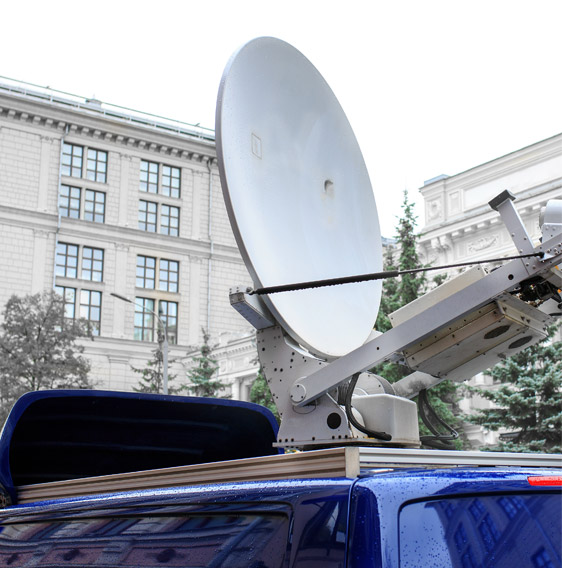IMSI Catcher Detector
X•Detect ─ IMSI Catcher Detector
Your mobile devices, such as your smartphone can be silently intercepted, tracked, or manipulated.
This is where X•DETECT, a cutting-edge IMSI Catcher Detector, comes into play. Offering advanced 24/7 continuous and autonomous protection against a digital threat that goes unnoticed by most — until it’s already too late.
IMSI Catcher Detector : X•Detect
Understanding the Threat: What Is an IMSI Catcher and Why Should You Care?
IMSI Catcher Detector, designed to detect IMSI Catchers
An IMSI catcher, also known as a stingray, fake cell tower, or cell-site simulator, is a device that impersonates a legitimate mobile tower.
Its purpose? To trick your phone into connecting to it, so it can intercept communications, track your movements, or even inject malicious payloads.
A 2G, 3G, 4G or 5G IMSI catcher is a surveillance device that mimics a legitimate cell tower to intercept mobile traffic and identify nearby users by capturing their International Mobile Subscriber Identity (IMSI).
2G GSM IMSI Catchers, in particular, pose the most critical threat.
2G systems allow direct simple tracking with the use of silent SMS techniques, yet also interception, manipulation, and eavesdropping of your communications.
2G GSM IMSI Catchers are still a Major Threat!
Despite the ongoing rollout of 5G networks and the widespread use of 4G LTE, 2G networks still linger in many parts of the world. And that’s a big problem – because 2G GSM protocols are inherently insecure.
IMSI catchers exploit this by forcing mobile devices to downgrade from more secure 4G/5G networks to vulnerable 2G ones.
This “2G downgrade attack” opens the door to all sorts of nefarious activities, from eavesdropping on your calls to installing malware at the baseband level of your phone.
Modern devices are often designed to prioritize network connectivity over security, meaning your phone may connect to a rogue 2G tower just to maintain signal.
And you won’t be notified. No alerts. No warnings. 2G IMSI Catchers are a true threat to your organization.
That’s why the X•Detect ─ IMSI Catcher Detector is so essential.
2G GSM IMSI Catcher Detector : X•Detect

Intelligent 24/7 Operational Continuous + Autonomous IMSI Catcher Detector

IMSI Catcher Detector, designed to detect IMSI Catchers
X•DETECT is not just another cybersecurity add-on. It’s a purpose-built, autonomous IMSI Catcher Detector designed from the ground up to identify and alert users about rogue base station activity in real-time.
Developed by experts in mobile security and threat detection, X•DETECT analyzes the surrounding cellular environment 24/7, continuously monitoring for signs of suspicious behavior such as:
Sudden network downgrades (e.g., from 5G or 4G to 2G)
Attempts to force your device onto rogue towers
Irregularities in broadcasted tower information
When a threat is detected, X•DETECT instantly alerts the user, giving them the chance to disconnect from the network ─ either by switching to airplane mode or powering off their device entirely ─ BEFORE a rogue / hostile connection is established.
User Friendly ─ Continuous and Autonomous IMSI Catcher Detector, operating 24/7 !
X•DETECT operates autonomously, requiring no manual configuration or intervention. Once deployed, it begins scanning for IMSI catcher activity, using intelligent pattern recognition and historical anomaly comparison to differentiate between real and rogue towers.
The system works by:
Monitoring signal broadcasts from nearby cell towers and comparing them to known legitimate tower parameters.
Identifying anomalies in tower behavior, such as fake tower IDs, inconsistent signal strength patterns, or incorrect encryption protocols.
Detecting forced downgrades, especially to 2G GSM networks, where encryption is either weak or entirely absent.
Logging and alerting in real-time, with clear, actionable notifications that empower users to disconnect before their privacy is compromised.
By taking a proactive approach, X•DETECT IMSI Catcher Detector ensures you stay one step ahead of IMSI Catcher surveillance threats.

